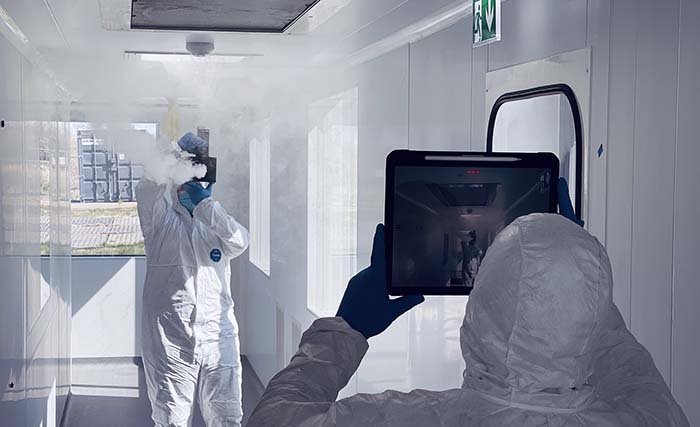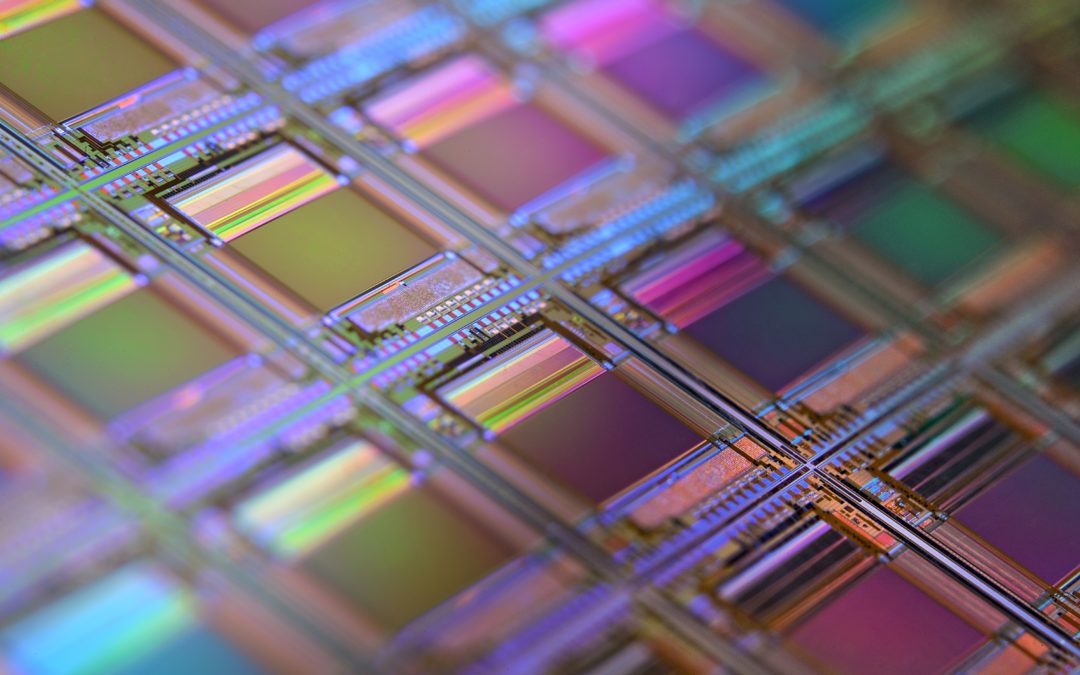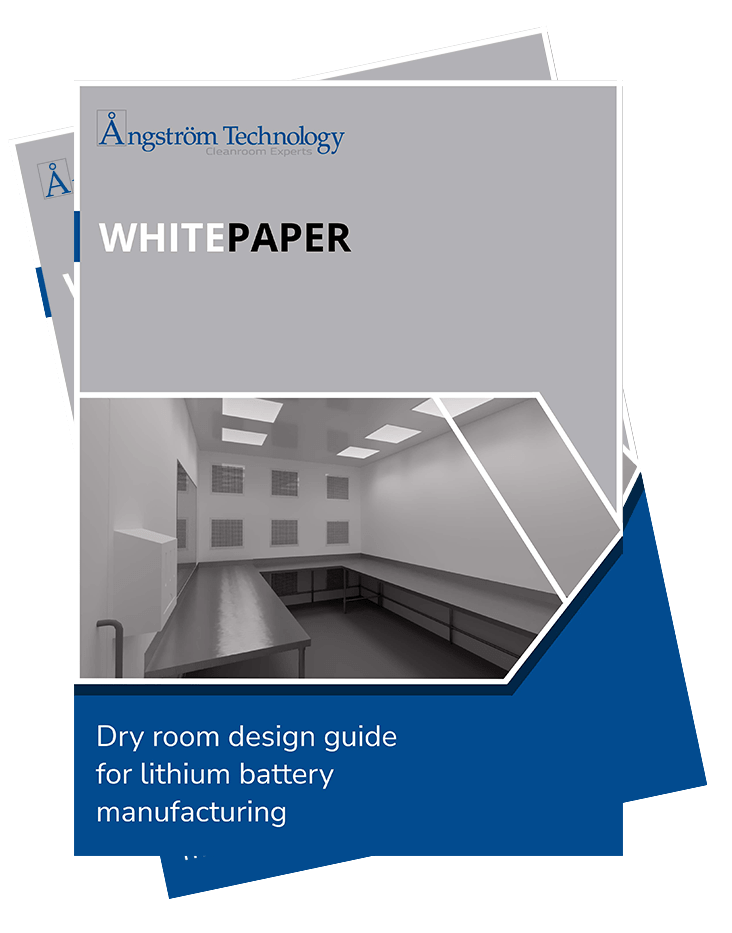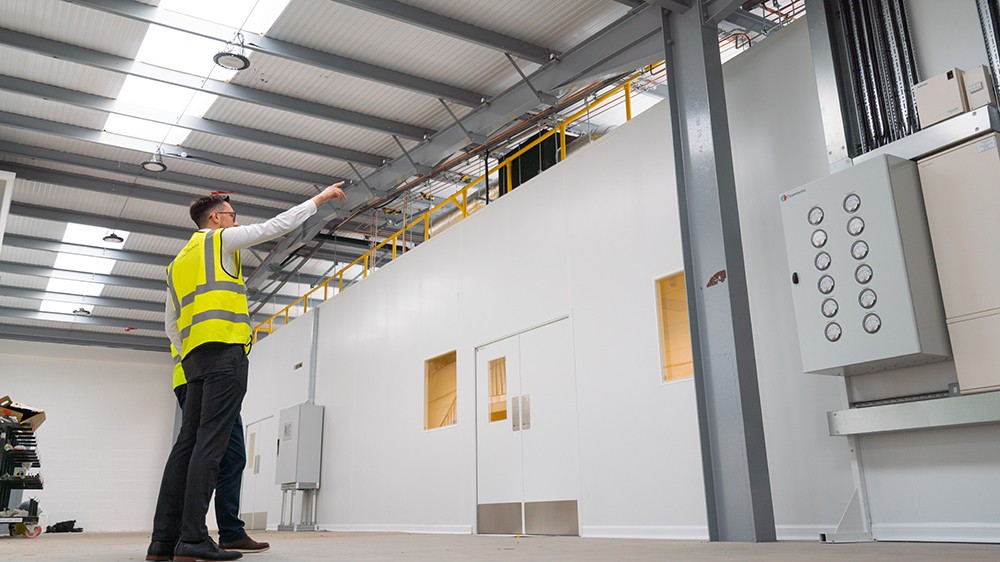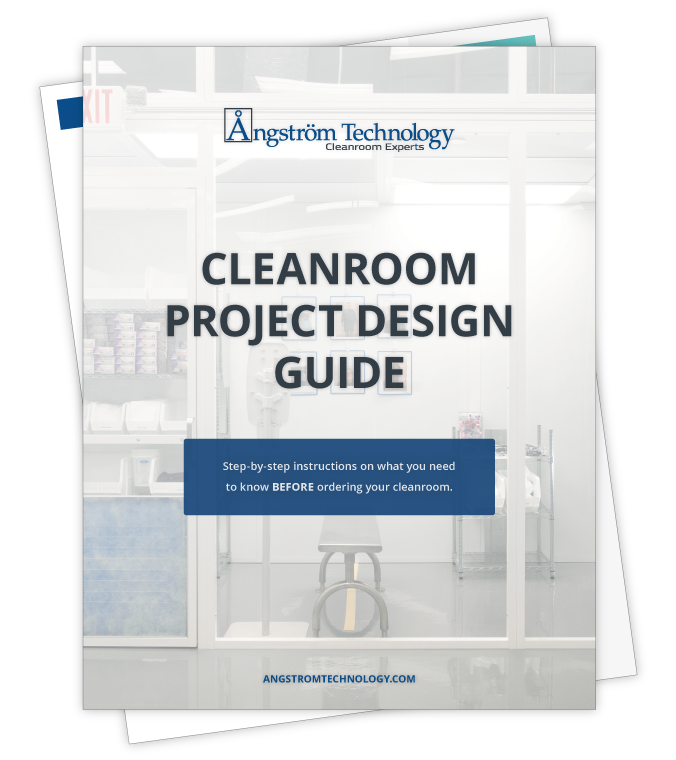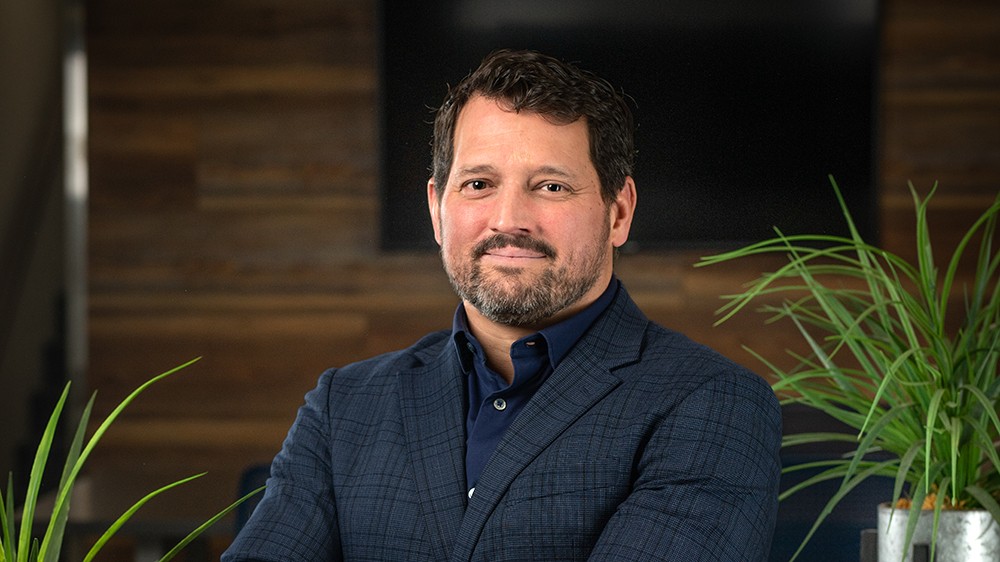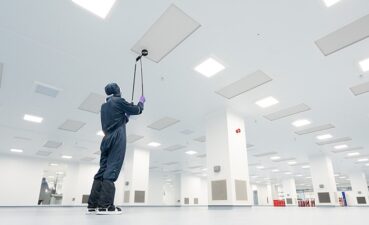
Global Cleanroom Expertise: Capabilities
As you may already know, the Angstrom Technology Group of market leading cleanroom companies in the US, UK, and Europe has capabilities to provide multinational services to our global clients. But what does this mean for our customers?
The stringent control of process variables is a global requirement for pharmaceutical, electronics, and biotech industries worldwide. Our cleanrooms support top-tier multinational organizations to increase quality at sites across the world.
EXPANDED PRODUCT RANGE
Through in-house expertize and collaborations with specialist industry-partners, we can deliver facilities with precise requirements, such as battery dry rooms or cell and gene therapy suites.
CONSISTENT QUALITY
When it comes to global operations, maintaining consistent quality standards is crucial. Angstrom Technology understands this well and no matter where you are in the world, we can deliver compliance to the applicable regulations. This commitment to quality gives you the reassurance that partnering with Angstrom Technology will result in reliable and high-performing solutions for your business.
FASTER RESPONSE TIMES
In a fast-paced business environment, time is of the essence. Angstrom Technology’s global network of partners enable us to reduce shipping and installation times significantly. This streamlined approach translates into improved operational efficiency for your business, giving you a competitive edge.
LOCALIZED SUPPORT CAPABILITIES
By having a network of support teams strategically located across different regions, Angstrom Technology ensures that you receive personalized attention and timely assistance. This localized approach strengthens our commitment to customer satisfaction and builds long-lasting partnerships.
COMPETITIVE PRICING
Angstrom Technology’s global capabilities enable them to optimize their supply chain and take advantage of economies of scale. This optimized approach allows them to offer competitive pricing without compromising on quality. By partnering with Angstrom Technology, you can access cost-effective contamination control.
ACCESS TO GLOBAL EXPERTIZE
With a multi-disciplined, in-house team of cleanroom experts, we have expansive industry experience, with applied knowledge and skills across the globe, such as our global regulatory governance team.
GLOBAL CLEANROOM PROJECTS

SPEAK WITH THE EXPERTS AT ANGSTROM TECHNOLOGY
If your facility needs a new cleanroom, Angstrom Technology can design, build, and install one that meets your specifications. Using proven design strategies and quality build systems, you can trust that your work and employees will always be protected.
Request a cleanroom quote today, or contact our team for more information.


